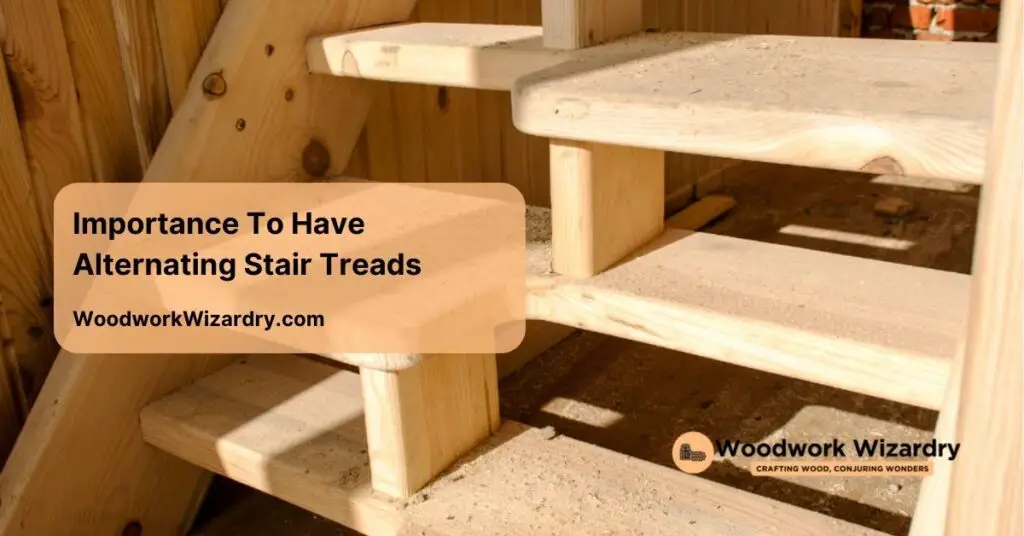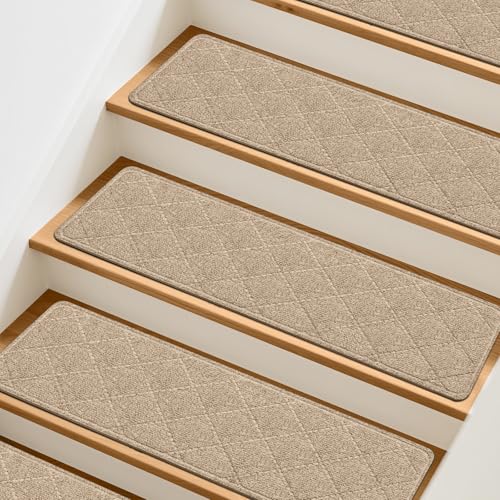Handling tight spaces or steep staircases can feel like a daily challenge. If you’ve ever struggled with narrow steps or felt uneasy climbing a compact staircase, there’s a smarter solution waiting for you. Alternating stair treads, also known as space-saving stairs, are designed to transform how you move through your home or workspace.
These innovative treads don’t just save space—they enhance safety and functionality. By offering a more natural and ergonomic step design, they make climbing easier and reduce the risk of slips or missteps. Whether you’re optimizing a loft, basement, or any confined area, alternating treads can be a game-changer.
What Are Alternating Stair Treads?
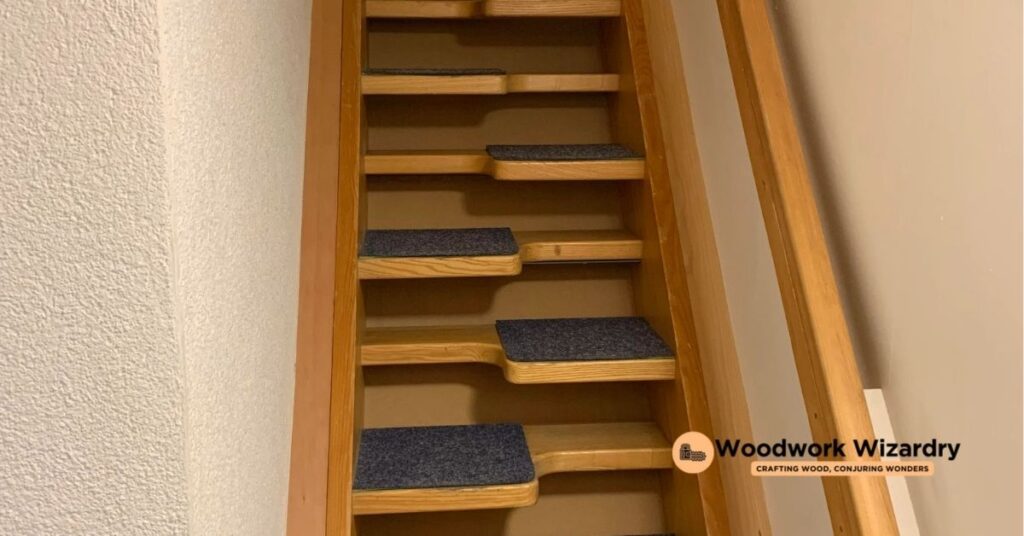
Alternating stair treads are a staircase design featuring staggered steps to optimize functionality in compact areas. Each step alternates in shape and alignment, allowing you to place one foot on a wider surface while the other rests on a narrower section. This configuration reduces the space required compared to traditional stairs.
These innovative treads improve safety by ensuring better footing on steep staircases, particularly in tight spaces like attics and basements. The ergonomic design encourages natural movement, reducing the effort needed to ascend and descend. By utilizing alternating stair treads, you can achieve space efficiency without sacrificing usability.
Builders and homeowners often choose alternating treads when standard stairs are impractical due to spatial constraints. The design complies with many building regulations, especially where steep inclines or limited headroom are present.
Benefits Of Alternating Stair Treads
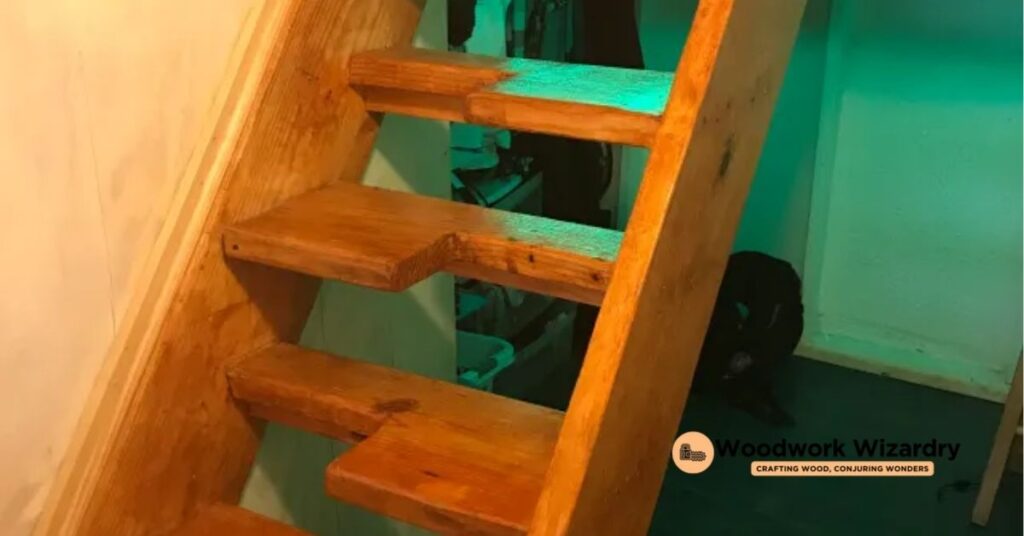
Alternating stair treads offer practical advantages for compact spaces, improving functionality and safety. Their unique design addresses the limitations of steep and narrow staircases.
Space Saving Solution
You can maximize usable area in tight spaces by using alternating stair treads. These treads require less horizontal space compared to standard stairs, making them ideal for lofts, basements, and attics. Each alternating step reduces the staircase’s footprint without compromising practicality. This allows you to optimize areas where conventional staircases would limit layout options. Builders often recommend this design for properties with restrictive floor plans or limited headroom.
Improved Safety
Alternating stair treads enhance safety by promoting stable movement on steep stairs. The staggered step design naturally aligns with your stride, reducing the risk of slips during ascent and descent. These treads ensure you have secure footing even in narrow staircases with sharp inclines. They’re particularly useful in spaces like storage lofts where traditional stair designs may present hazards. Many building codes permit alternating treads for steep or restricted spaces, ensuring compliance alongside improved safety.
Enhanced Aesthetic Appeal
This modern design adds a distinctive look to your interior. Alternating stair treads combine functionality with style, making staircases stand out as an architectural feature. The unique appearance creates visual interest, which enhances home aesthetics without dominating the room. You can choose materials and finishes that harmonize with the existing decor, adding value while providing a practical solution for compact areas.
Applications In Different Settings
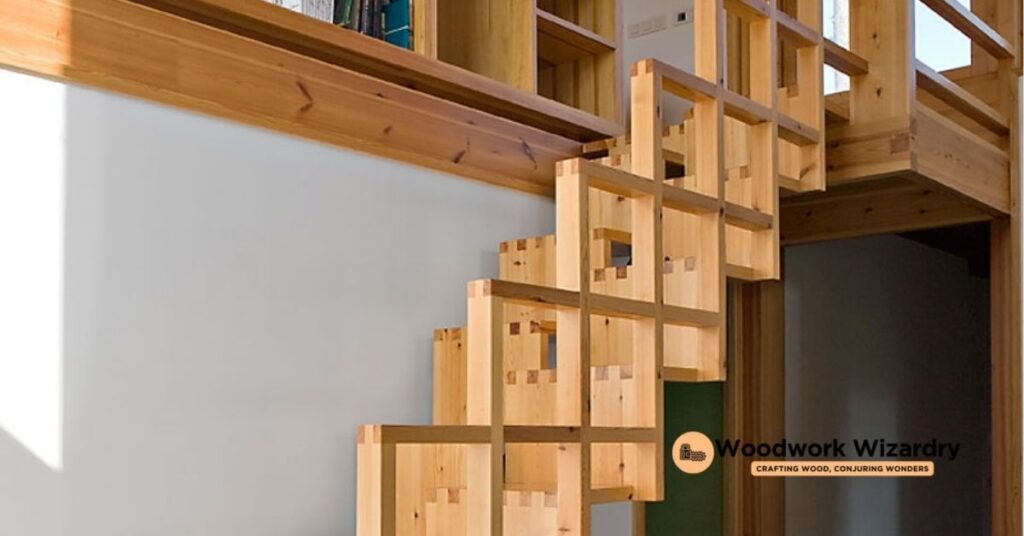
Alternating stair treads offer versatile functionality across various environments. Their compact design and ergonomic benefits make them suitable for both residential and non-residential spaces with limited room.
Residential Usage
Homeowners often incorporate alternating stair treads in lofts, attics, and basements. These areas frequently have restricted space or steep angles, where traditional stairs prove impractical. By optimizing the spatial footprint, these treads create safer, more accessible pathways without sacrificing usable floor area. The aesthetic customization options make them an appealing addition to modern and compact home designs.
Commercial And Industrial Spaces
In commercial and industrial setups, alternating stair treads maximize efficiency in environments where every square foot counts. Their staggered configuration suits warehouses, storage units, and machinery platforms. These settings often demand quick and safe movement in confined vertical spaces, and the ergonomic design minimizes risks of accidents. This solution is also favored in factories and production floors where compliance with spatial and safety regulations is a top priority.
Emergency Exits And Loft Areas
Alternating stair treads play a crucial role in emergency exits and lofts. Emergency staircases often require compact layouts to fit within building constraints while maintaining safety standards. By enabling faster, controlled movement in tight areas, these treads enhance evacuation routes. In loft areas, where steep access points are common, they allow you to securely navigate vertical spaces without taking up unnecessary room, balancing functionality with design.
Factors To Consider When Installing
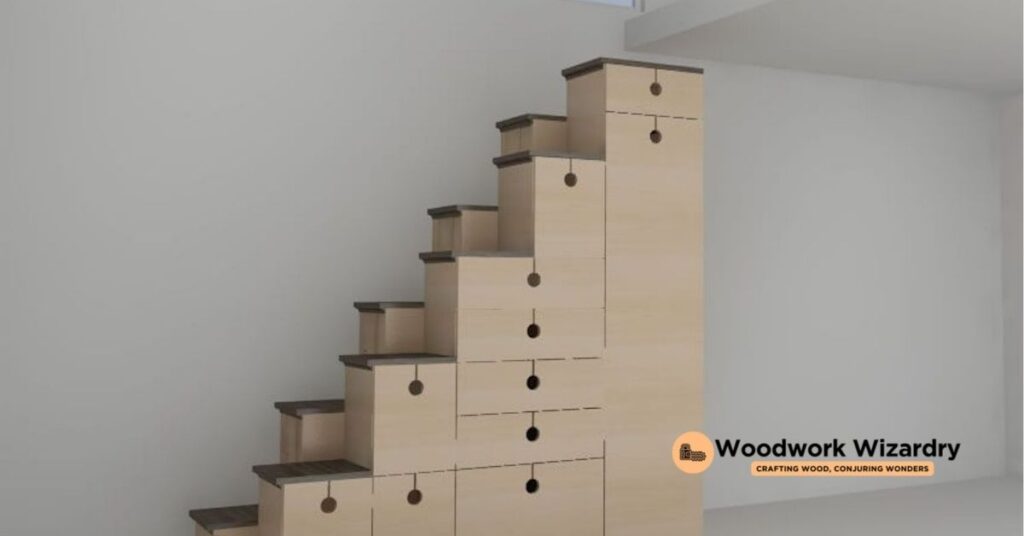
Choosing alternating stair treads requires careful attention to various factors to ensure safety, functionality, and compliance. Proper planning enhances the effectiveness of these space-saving designs.
Design And Dimensions
Start by assessing the available space to determine the best dimensions for the treads. The alternating design works well in compact areas, but incorrect sizing can compromise safety. Optimize the tread depth and width based on user needs while maintaining a steep enough incline for efficient space utilization. Ensure the riser height supports comfortable foot placement, particularly for high-traffic or residential areas. Verify that the staggered alignment matches the intended staircase angle to promote natural movement.
Material Selection
Select materials that align with durability, style, and safety requirements. Popular choices include hardwood for residential spaces, as it combines aesthetic appeal and longevity, and metallic alloys for industrial use due to their strength and resistance to wear. Each material must provide adequate grip to reduce slips, with non-slip coatings or finishes recommended to enhance traction. Prioritize moisture-resistant options for areas with humidity or potential water exposure, such as basements or external staircases. Materials should seamlessly integrate with your surrounding decor or operational needs.
Building Codes And Regulations
Confirm compliance with local building codes to ensure installation meets safety standards. Regulations often specify minimum tread dimensions, riser heights, and overall incline limits. Some jurisdictions mandate handrails or additional supports for alternating staircases in exact applications, such as emergency exits or industrial locations. Seek expert advice when designing custom stairs to avoid code violations, especially when adapting to spatial constraints in commercial or residential buildings. Prioritizing adherence to these guidelines mitigates risks and avoids legal issues.
Conclusion
Alternating stair treads offer a smart, space-saving solution for tight and steep areas without compromising safety or style. Whether you’re optimizing a residential loft or improving functionality in a commercial space, these treads deliver unmatched practicality and aesthetic appeal.
By carefully planning their installation and choosing durable, slip-resistant materials, you can ensure they meet your needs while adhering to safety regulations. Alternating stair treads aren’t just a functional choice—they’re a thoughtful design upgrade that maximizes space and enhances movement in challenging environments.

